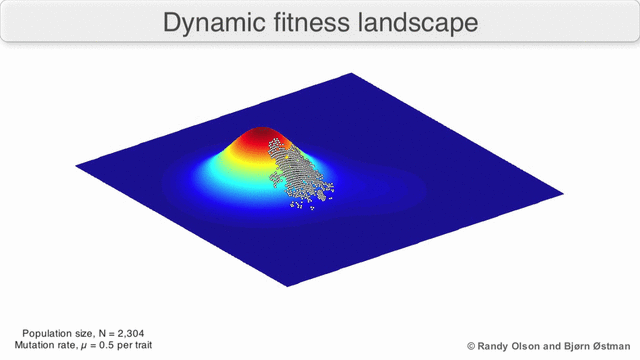Longe vão os tempos do: qualquer cor desde que seja preto.
Ao longo dos anos tenho escrito sobre Mongo, ou o Estranhistão. A metáfora que uso para ilustrar o abandono do monolitismo do século XX e o advento da variedade e diversidade do século XXI."Today, business is transitioning from one major era, the Age of Mass Markets, to another, which we call the Age of Diverse Markets. [Moi ici: Aquilo a que chamo de Mongo, ou o Estranhistão]...The Age of Mass Markets, which extended through most of the prior century, was characterized by fast-growing homogeneous markets. [Moi ici: A visão monolítica que a Economia aplica à realidade para a poder matematizar. Depois, chega a modelos e a conclusões sem adesão à realidade e não percebe, e enterra a cabeça na areia]...[Moi ici: In the Age of Mass Markets] These companies were characterized by massive economies of scale in nearly every business function (production, distribution, advertising, and so on), which ensured that as they increased their sales, their unit costs dropped, giving them ample profits to invest in getting more sales and in further reducing their costs by increasing the efficiency of their production and distribution systems. Both prices and distribution costs were relatively uniform, so reporting tools based on averages—like aggregate revenues, costs, and gross margins—were sufficient.The key management imperative was to get big fast. The rules of thumb were that all revenues were good and all costs were bad. [Moi ici: Como não recuar a 2012 e a "Como surgem os Golias e pistas para o aparecimento de Davids". Em Portugal, os mesmos da tríade ainda sonham com empresas grandes. Em Mongo, "Giants invariably descend into suckiness"] Companies segregated their functional departments to individually optimize their revenue-maximizing or cost-minimizing objectives, and they coordinated them at the top through periodic planning sessions and period-end financial reports.Today’s Age of Diverse Markets, which began its widespread acceleration around 2000, is completely different. Today, there are very few mass markets, while there are more and more diverse markets where product offerings, pricing, and service packages are uniquely configured, if not by individual customer, than at least by highly segmented target markets.Today, markets are heterogeneous and fragmenting down to the individual customer in many cases. Throughout our economy, pricing is becoming much more varied, both within market segments and even between one customer and the next. In parallel, the cost to serve each customer is becoming increasingly diverse, depending on the customer relationship, product-service mix, and other factors. This change has already overtaken the business-to-consumer (B2C) markets, and it is rapidly transforming the business-to-business (B2B) markets as well."
"In the Age of Mass Markets, products were “king.” To a large extent, companies succeeded by selling the same products to as many customers as possible. In the Age of Diverse Markets, in contrast, customers are “king.” Companies succeed by microtargeting particular customers and tightly specified market segments and providing them with tailored packages of products and related services."


























